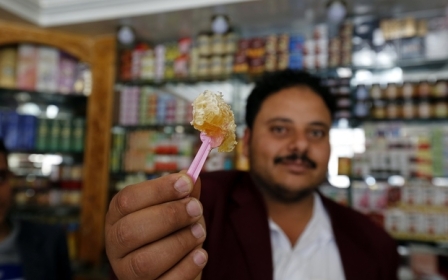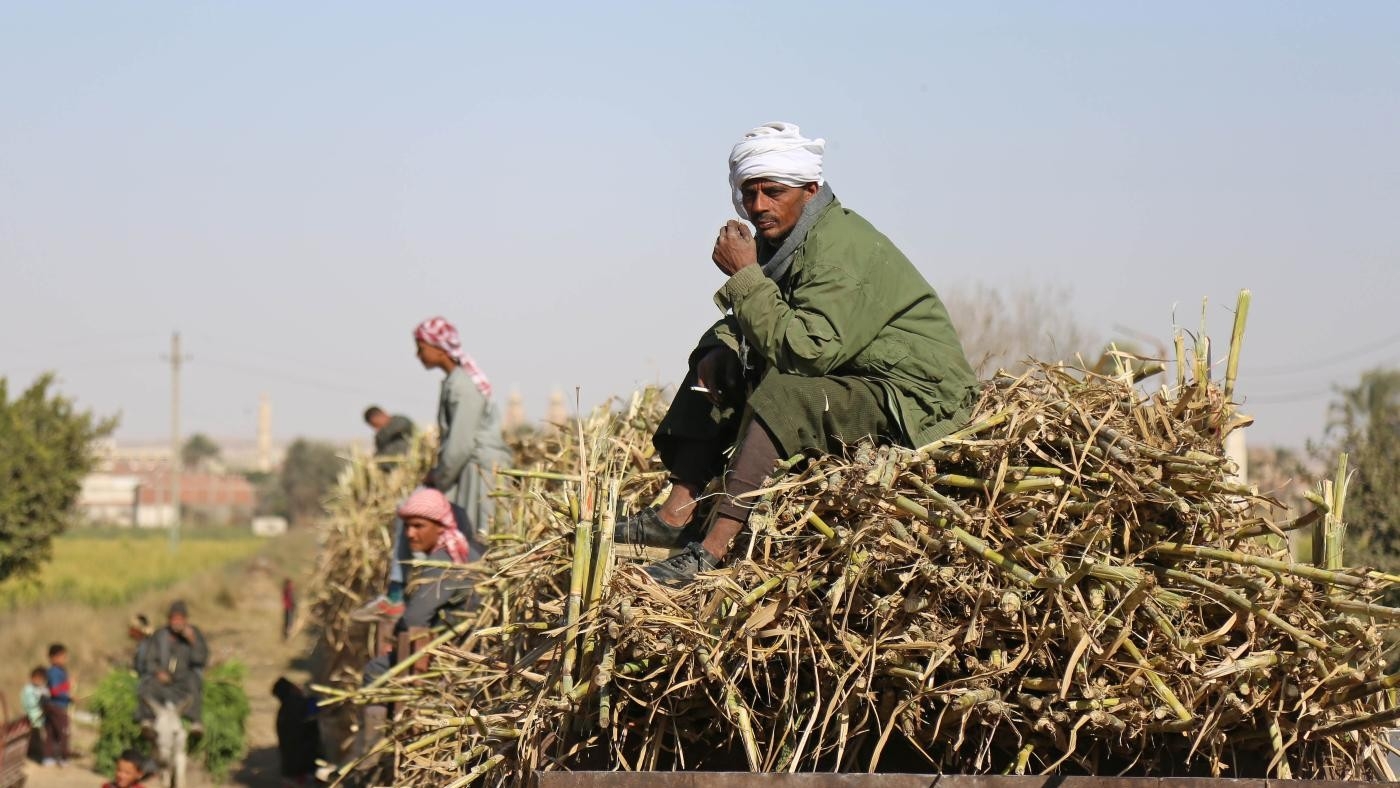
In pictures: The making of sugar cane molasses in Egypt

Sugar cane molasses is a staple in any Egyptian kitchen. Sugar cane, which has been cultivated for generations in the north African country, not only produces some of the sweetest fresh juice, but also leaves behind flavourful molasses. Its thick, honey-like texture is favoured by Egyptians, who commonly enjoy it at breakfast, as a main or as a dessert. Many will choose to eat it on its own, dipping bread into it, while others combine it with Tahini paste to balance out the sweetness. Egypt’s Minya governorate is a region famous for molasses production. (All photos by Fadel Dawod)
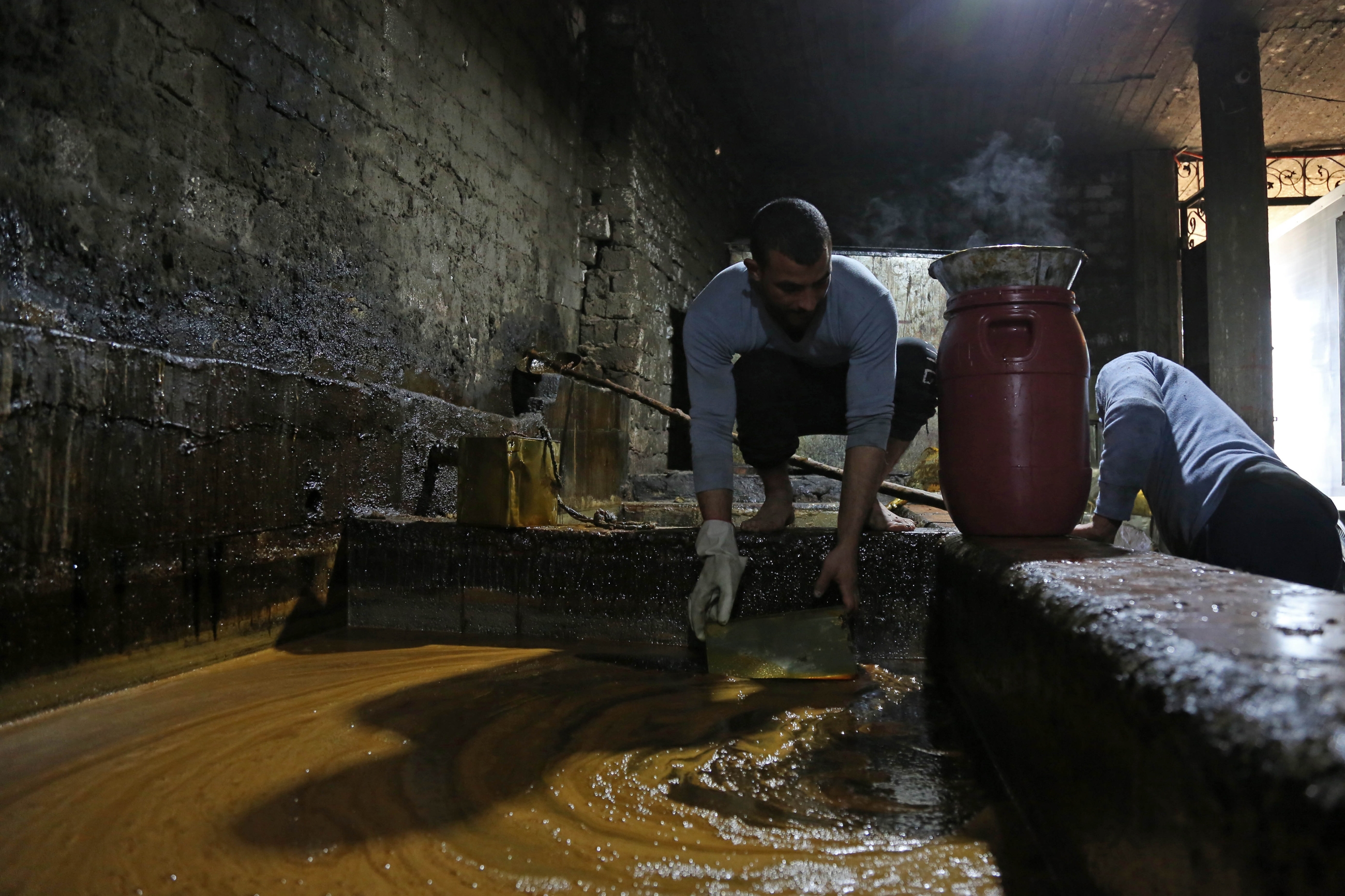
Egypt has been cultivating and harvesting sugar cane since the early ninth century, and it is the main source of income for farmers in cities such as Aswan, Sohag, Luxor, and Assiut, all in southern Egypt. Governorates in the region are responsible for around 70 percent of the country’s sugarcane fields, mainly due to its hot climate. The harvest of sugar cane typically takes place between December and June.
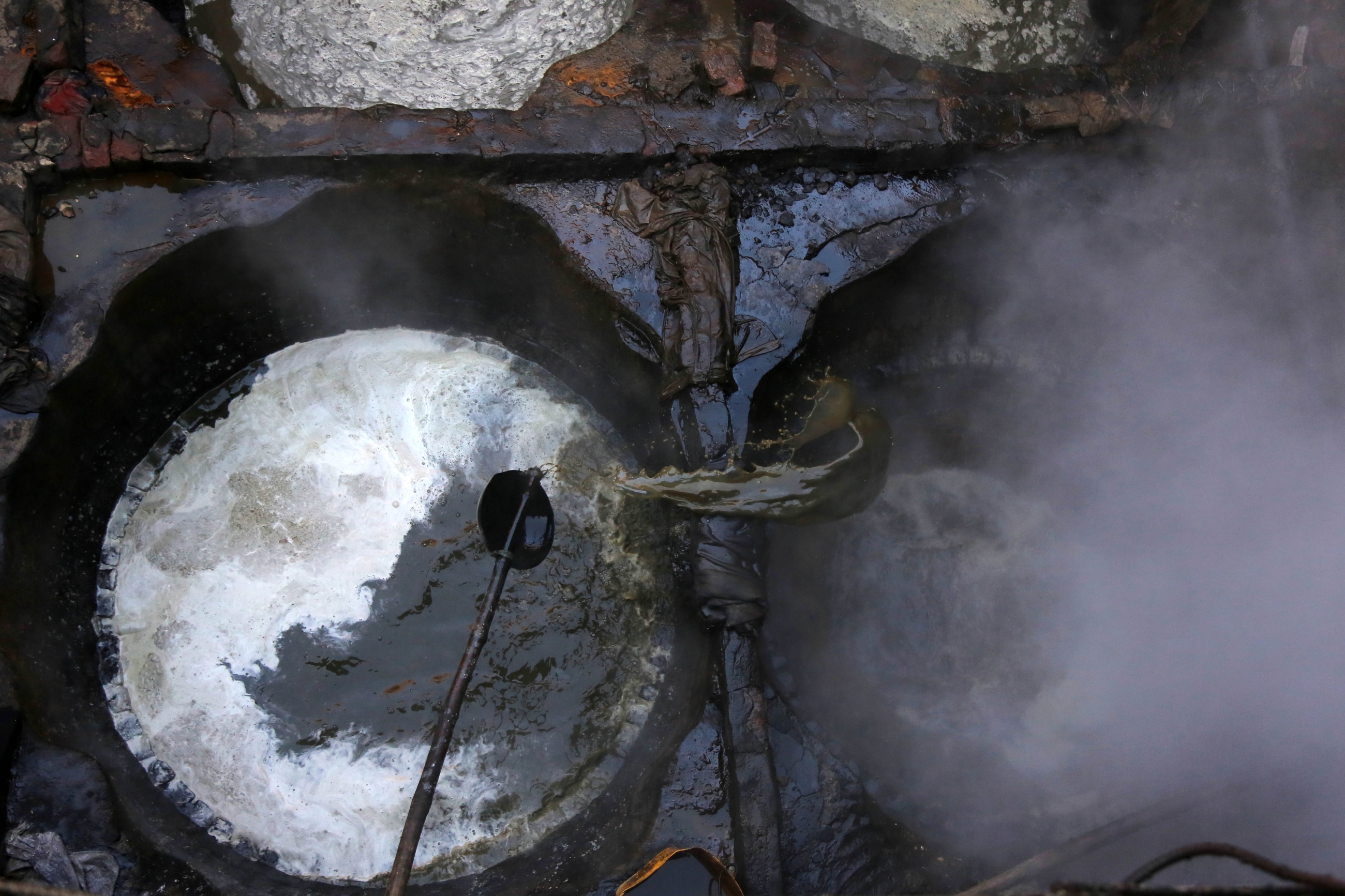
Sugar cane is not only used to produce juice and molasses, but is also a required ingredient in the production of granulated sugar and vinegar. It is also used in industrial fermentation to produce ethyl alcohol and perfumes.
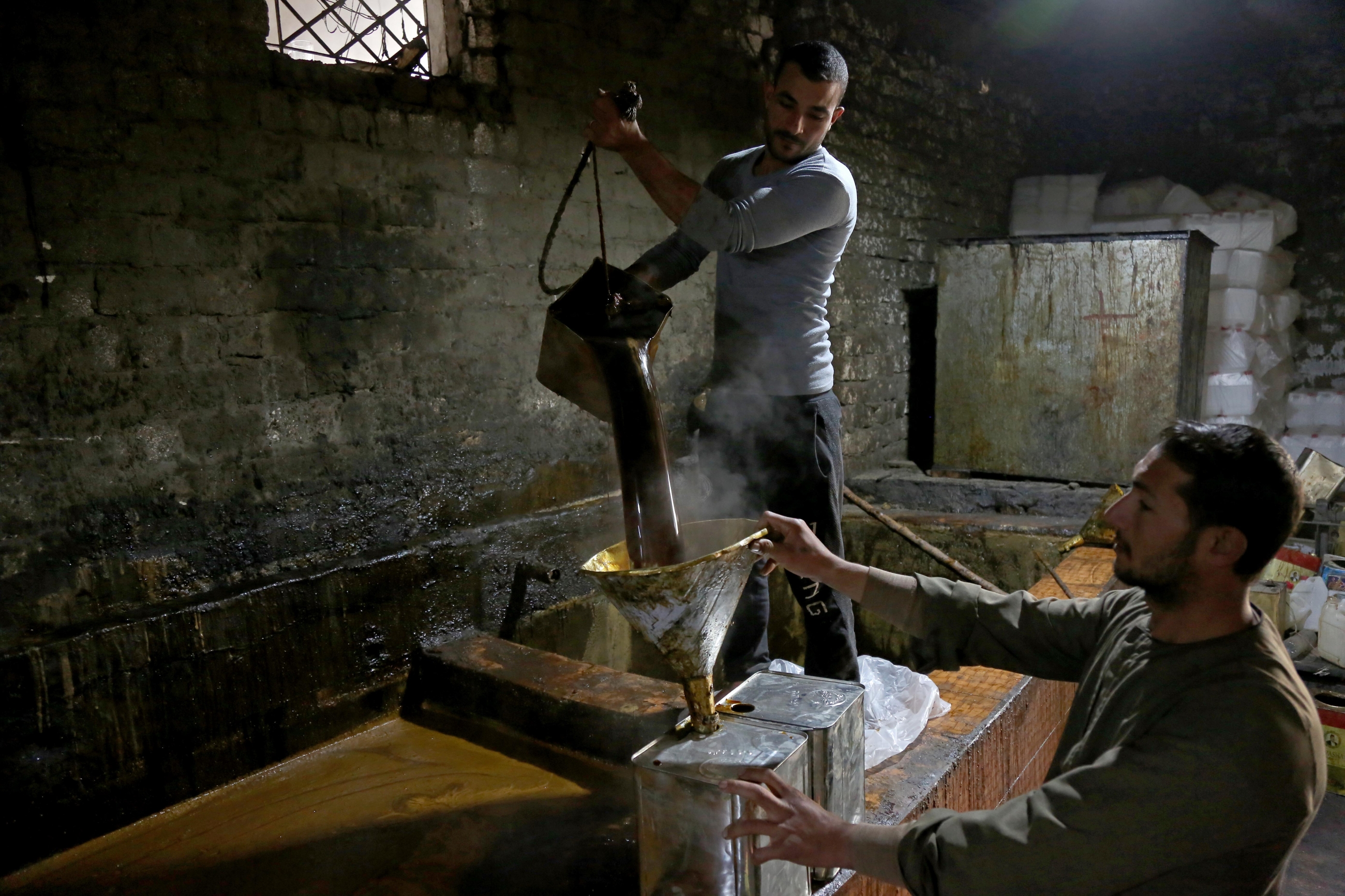
Egyptians love sugar cane molasses, referred to in Arabic as asal eswed ("black honey"), for its sweet taste, and also its perceived health benefits. These are believed to include strengthening a person's immune system and helping to treat anemia. The ingredient is also used in the cosmetic industry, including haircare products for its high calcium and iron content, which can strengthen hair.
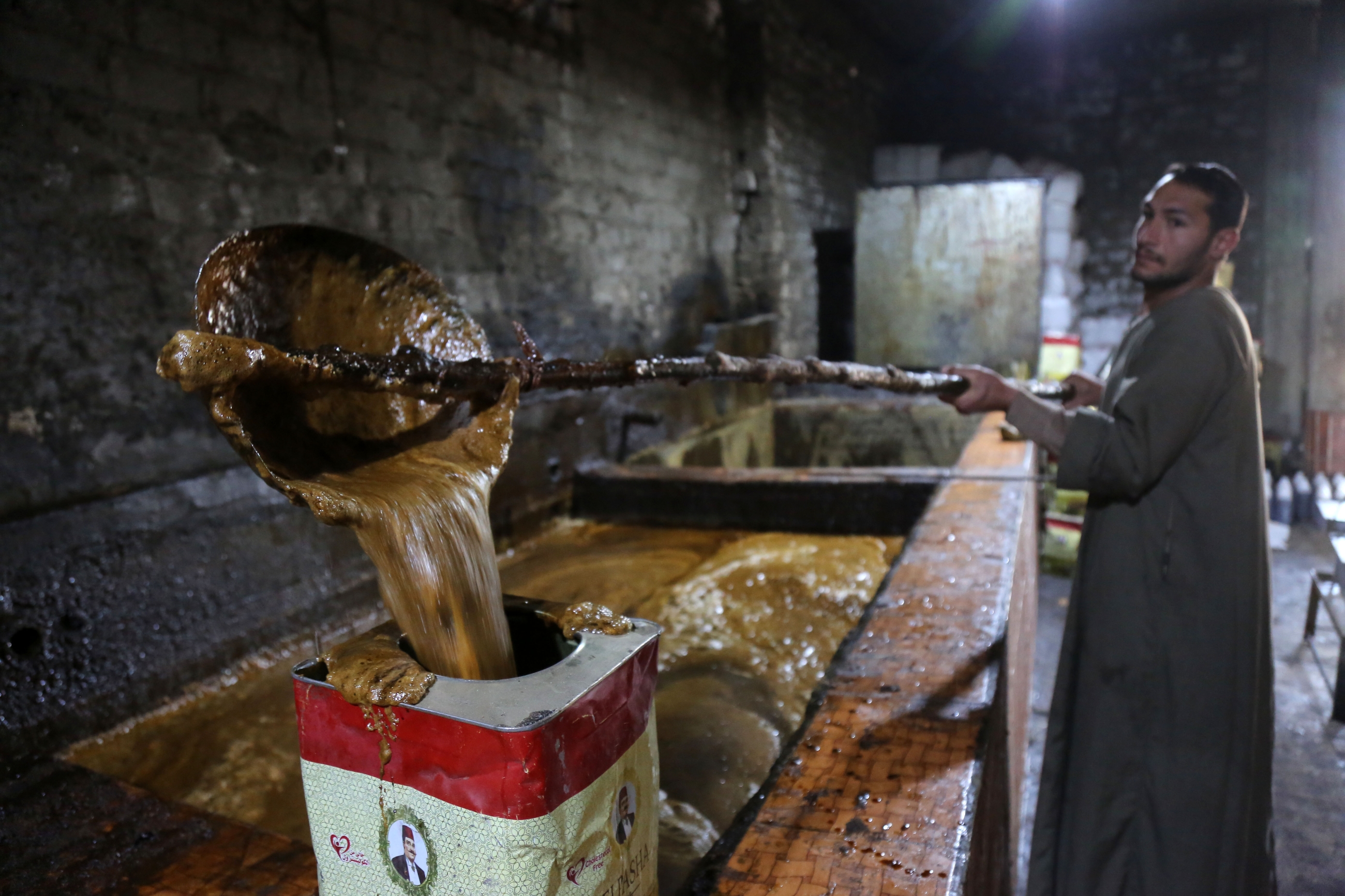
The journey from the fields to supermarket shelves requires a rigorous process. It starts with picking and washing the sugar cane, before leaving it to dry for around five to ten days. Mohammed Ibrahim, who owns a juice shop in the city of Mallawi in Minya, says that despite the lengthy process to get the final product, making it is well worth it. “The traditional industry has great advantages and health benefits,” he told Middle East Eye. “It all starts with harvesting the crop, then transporting it on camels or carts to the juicer’s yard. This is then left for a few days, to help the reeds get sweeter. “Once the reeds are squeezed out, the juice is collected in a small basin, then transferred to a large one, where it is heated to reach a boil, which turns the mixture a dark brown and smooth texture,” he explained.
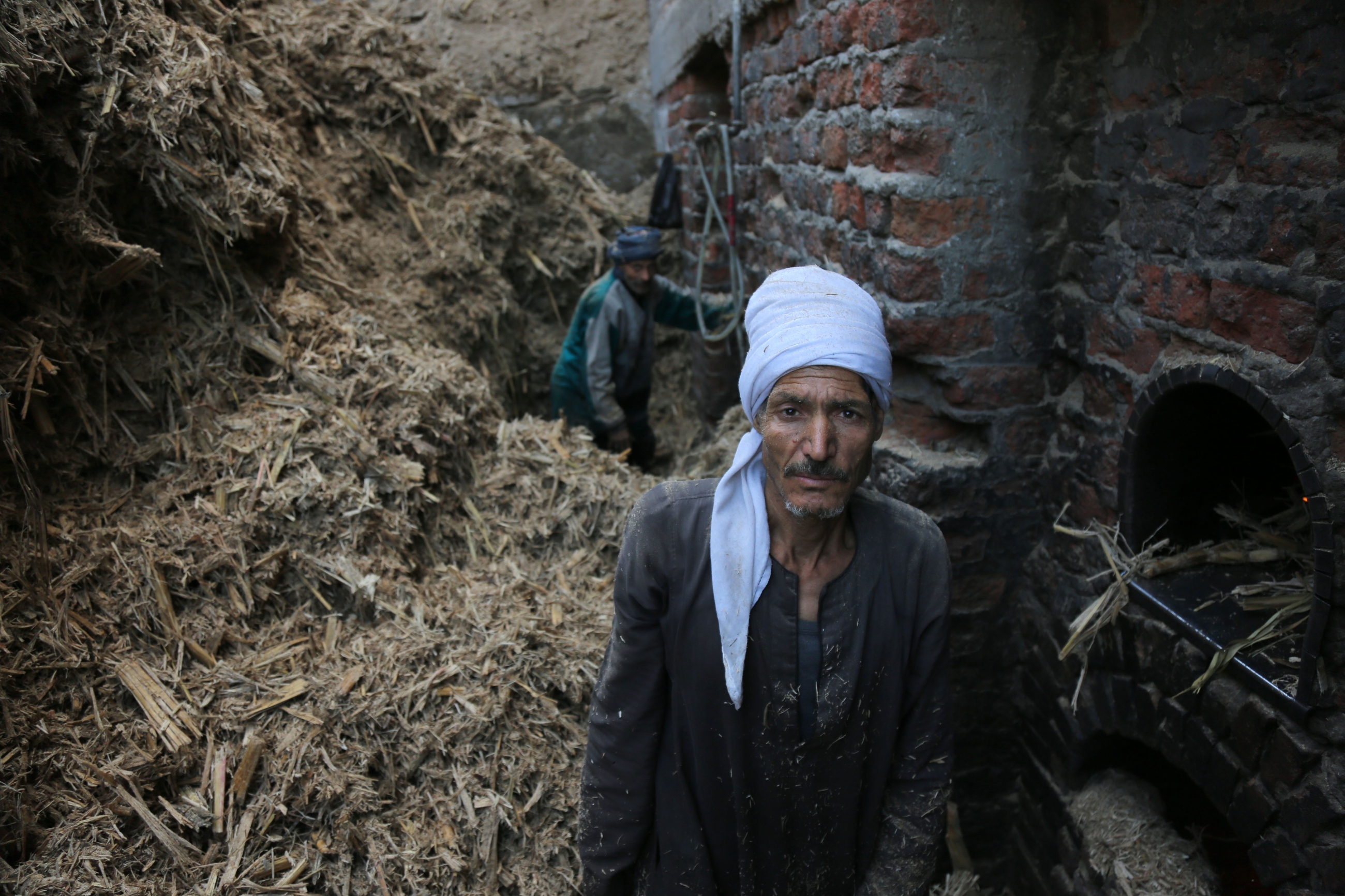
The industry, which is relatively old and relies on traditional means of production with no modern machinery, is not without its challenges. According to Mustafa Mahmoud, who has been working in the sugar cane molasses industry for over 25 years, one of the biggest hurdles is the cost of manpower to cultivate and harvest the sugarcane. The cost of sugar cane has increased annually in recent years, while the cost of the final product has stayed the same. To export a jar of sugarcane molasses can cost manufacturers up to ten dollars, making it a costly process.
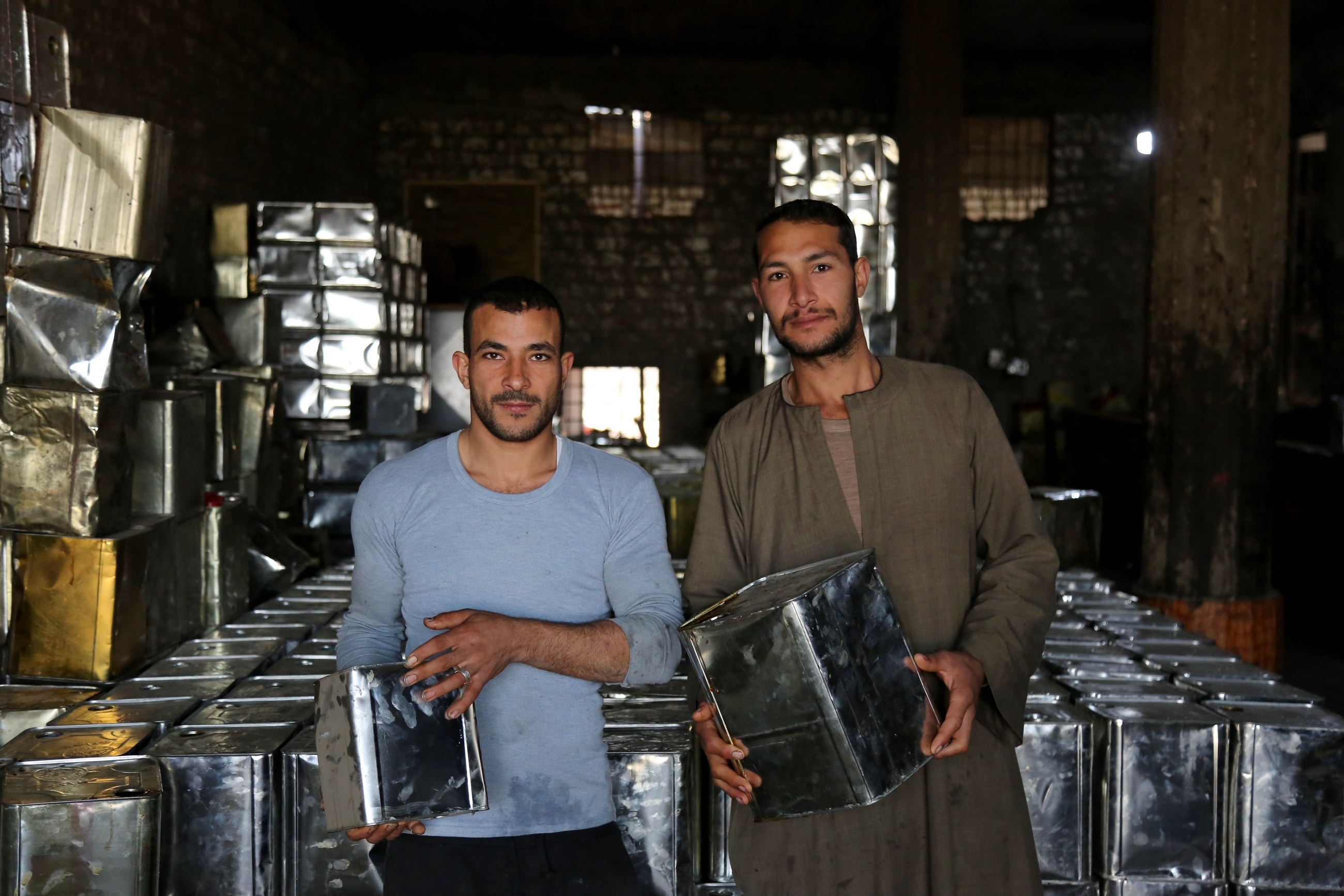
Despite the popularity of sugarcane molasses in Egypt, many in the industry believe that the sector is in need of major developmental inputs from the state. While the product is sold cheaply, each stage of production can be costly for those producing it, with the traditional processes involved also making it labour intensive.
Amir al-Sarraf, a social researcher focusing on Upper Egypt, believes that not enough is being done to invest in the industry, considering how integral it is to the economic well-being of governorates such as Minya and Qena. “We need to revive the industry, as it relies too heavily on the exploitation of labour and raw materials,” he told MEE. While there is room for improvement, Sarraf maintains that preserving the traditional ways of making sugar cane molasses is important, and could potentially be a tourist attraction one day.
This article is available in French on Middle East Eye French edition.
Middle East Eye delivers independent and unrivalled coverage and analysis of the Middle East, North Africa and beyond. To learn more about republishing this content and the associated fees, please fill out this form. More about MEE can be found here.


